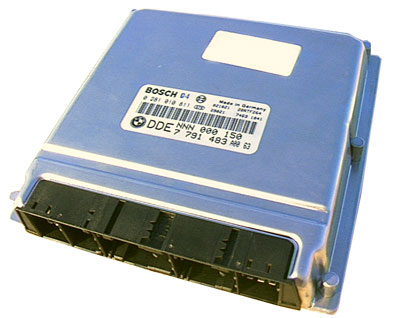Values, configuration settings, and other stored information which can be read from the ECU, edited and then rewritten back. Read settings can also be stored as a standard HTML page for reference. These pages can then later be re loaded and re written back to the ECU. Please note that some values may be read only due to the fact that they are supplied from the ECUís ROM or are internally calculated.
SETTINGS INFORMATION
- Week of build: This shows the manufacturing week of the ECU.
- Year of build: This shows the manufacturing year of the ECU.
- Part number: This is the manufacturer's part number for the ECU.
- Idle Speed: This is the idle speed of the engine.
HISTORY RECORDS 1-12: There are 12 history records storing information related to the programming of the ECU.
- VIN number: Vehicle's identification number.
- Programming date: The date the ECU was programmed.
- Assembly number: This is a unique number which defines the ECU hardware and software combination.
|
 BOSCH DDE4 TD4 - System Overview
BOSCH DDE4 TD4 - System Overview BOSCH DDE4 TD4 - Known Fitments
BOSCH DDE4 TD4 - Known Fitments BOSCH DDE4 TD4 - Physical Details
BOSCH DDE4 TD4 - Physical Details
 BOSCH EDC TD4 - Pin Outs
BOSCH EDC TD4 - Pin Outs